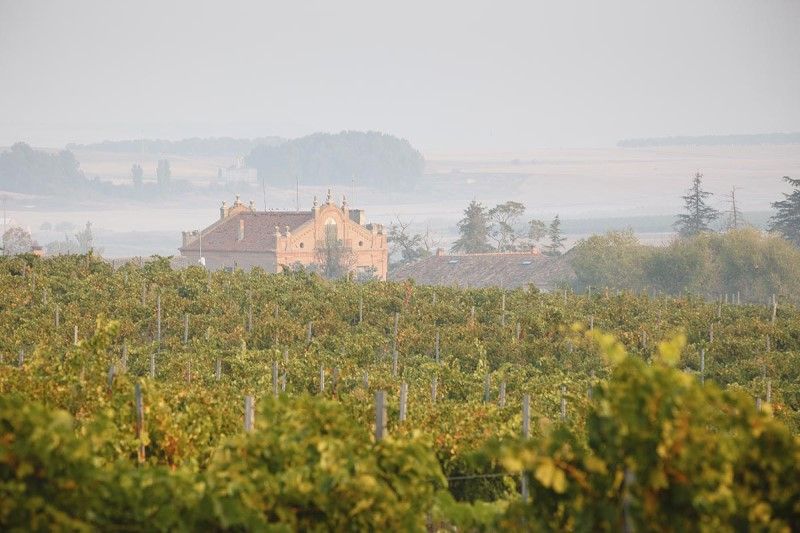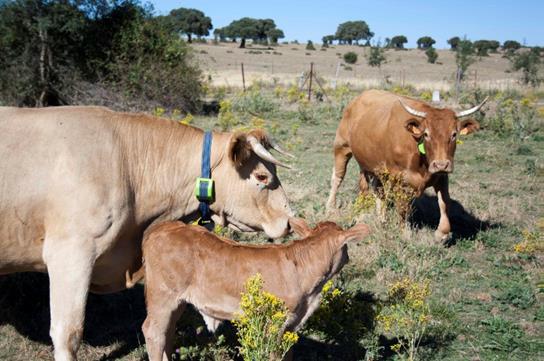Spain

Vineyards Monitoring
For this scenario a distributed monitoring system based on Wireless Sensor Network (WSN) technology is proposed for monitoring vineyards. The scenario has a testing facility located in Valladolid, Spain. The objective of this scenario is to improve existing techniques and working conditions of the people in charge of the fields, and to improve disease diagnosis in order to ensure the final product quality.
Modern management procedures in vineyards require flexibility in compiling and observing data and the ability to see multiple areas of the vineyard at the same time and in real time. Basically, the aim of a wireless sensor network is to monitor different environmental conditions in the vineyard, in order to provide the user with more accurate and real-time information in order to more carefully and efficiently monitor the grape growing and winemaking processes, which would ultimately result in potential improved quality of the wine from the beginning to the very end, in addition to reduce the usage of the pesticides. Therefore, for this scenario a specific wireless sensor network is proposed to measure the following potential variables related to soil: soil texture, soil moisture and depth, organic matter, electrical conductivity, cation exchange capacity and major and minor elements. Also, these other variables related to microclimate: air temperature, humidity, leaf wetness, rainfall, soil temperature, solar radiation, atmospheric pressure, anemometer and wind vane. These variables determine the behaviour of the plant. Its evolution is fundamental to the development of fungi that affect the crop.

Grazing Management
This scenario will have facilities in a local demonstrator in Avila (Spain). This is a breeder farm with already 58 cows being monitored and providing data regarding activity, location and surface temperature using several versions of smart collars from Digitanimal. Livestock farmers, especially in Mediterranean countries such as Spain are not too much profitable, being the economic viability still closely linked to the support of regional programs and direct payments from EU. Grazing is the easiest way to reduce costs, but is challenging farmers, mainly because of the lack of tools to help them measuring available herbage mass and grass intake, but also lack approaches to help them control grazing.
The demonstrator should be able to compare with statistics from other years and quantify: the reduction in the number of kg of feed per animal year, the cost savings in feed, the reduction in the number of losses that the farmer usually has per year, the cost savings in medical treatments per year, the reduction in the number of km and driving ours in the farm looking for animals, the increase in fertility rates and in the number of calves. The expected functionalities from the AFarCloud project are: algorithms to determine eating and rumination periods, and to estimate daily intakes grazing habits, watering habits, behaviour habits, in heat and calving detection and the decision support tools related.
